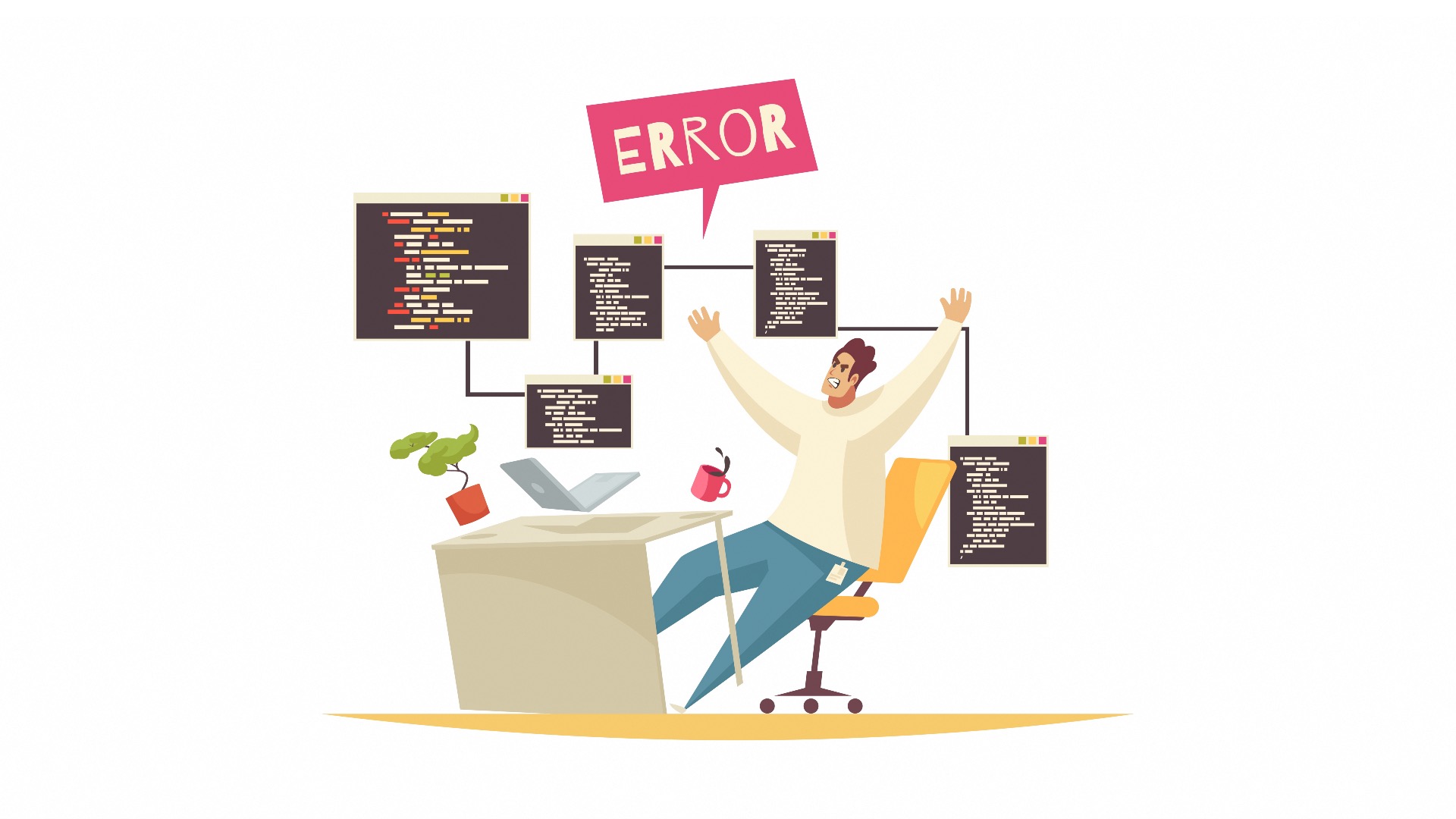
Easily show all errors in PHP
Show all PHP errors using ini_set() and error_reporting()
To showcase all errors in PHP, include these lines at the top of your PHP file:
ini_set('display_errors', 1); ini_set('display_startup_errors', 1); error_reporting(E_ALL);
By tweaking these settings using the ini_set() and error_reporting() functions, PHP will now show all runtime errors, startup errors, and even notify you about potential issues.
Let’s decode what all this means:
-
display_errors: This key is a directive which determines whether errors should be printed as a part of the program’s output or hidden. We set it to1to instruct PHP to display errors. -
display_startup_errors: This directive decides if PHP will show errors that occur during PHP’s startup sequence. We setdisplay_startup_errorsto1, so PHP clearly communicates any startup issues. -
error_reporting(E_ALL): This setting controls the level of error reporting.E_ALLis a constant that instructs PHP to show all possible errors, warnings, and notices.
How to adjust the setting in your php.ini to show all errors
Besides adding these values in your PHP script, you can also set them globally from the php.ini file. Here are the steps to find and edit this file:
- Open a command line, and run
php --ini. If PHP is installed correctly, this command will output the location of thephp.inifile. - Open
php.iniin your preferred text editor. Scroll through the file or do a quick search fordisplay_errors,display_startup_errors, anderror_reporting. - Set the values as we did in our script -
display_errorsanddisplay_startup_errorsto1, anderror_reportingtoE_ALL.
Remember to save your changes. And if you don’t want to shout at your computer because nothing is happening, restart your PHP server to apply them.
Don’t display all PHP errors in production
Altering these settings can be very useful for debugging during development, but beware that you must not do it in the context of a live application.
Having PHP show all errors can give malicious users more information about your server configuration and potential attack routes.
Therefore, always ensure production-safe settings values before deploying. As a safer alternative in production, consider logging errors to a non-publicly accessible file that you can review later. Set log_errors = on and provide a file path for error_log in the php.ini file for this purpose.